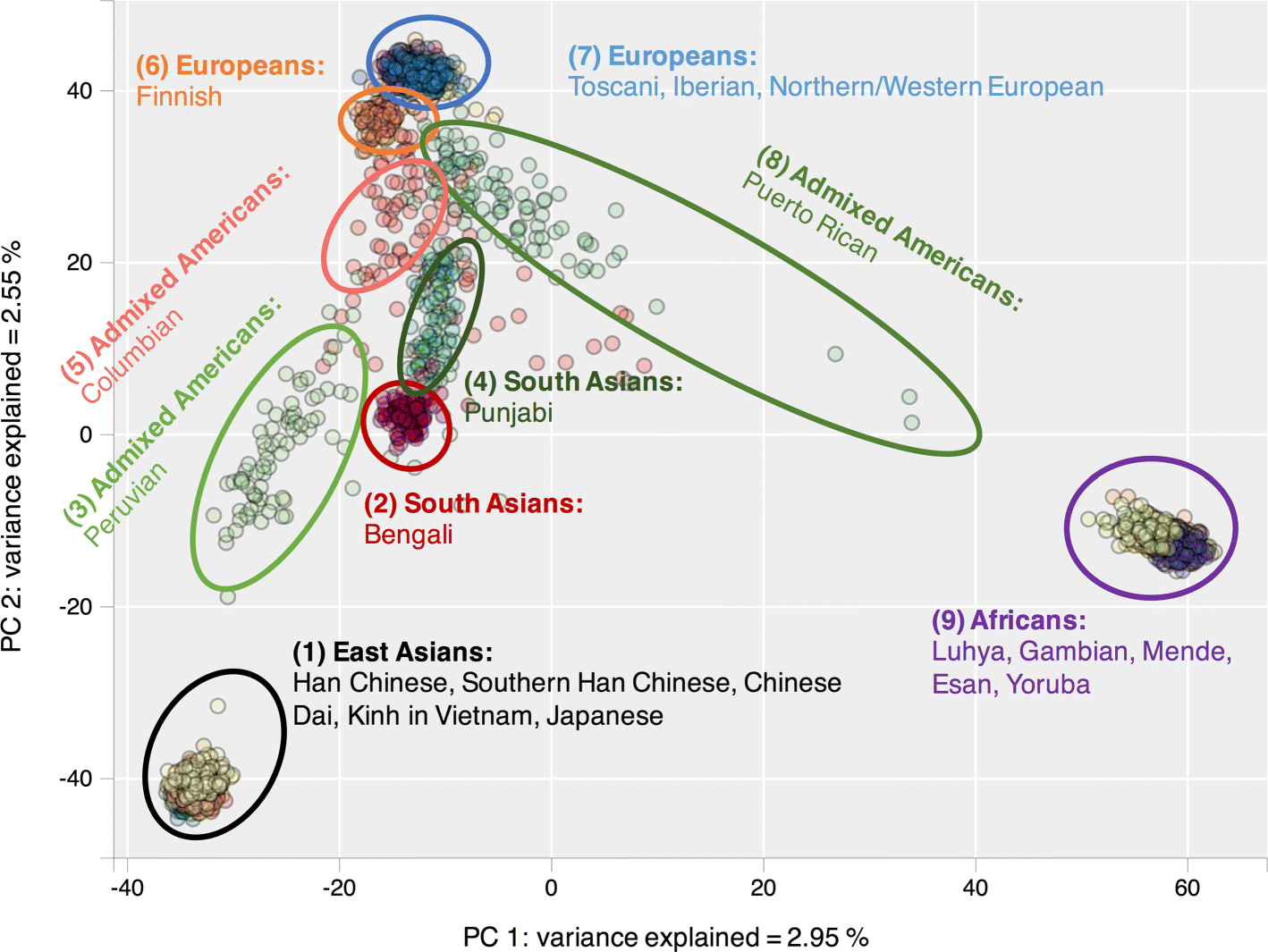Estebonrober
Deity
- Joined
- Jan 9, 2017
- Messages
- 6,062
Lazy right wing POV....to lazy to check the source?
Thats fair. I was.
Lazy right wing POV....to lazy to check the source?
I'm all in on phrenology. I like a good underdog story and I like measuring things, so really it fits like a glove.
What's your take on "ethnicity"? This area of debate if loaded with tricky concepts."Race" entirely refers to the social significance of those physical characteristics, is the thing. Like Senethro said, no one who thinks race is biology can even define it with any level of biological rigor, despite trying for over 100 years now.
I'm paid to do software development. I rely on software being a thing. My livelihood relies on it.Sort of a conspiracy theory, but doesn't it bias their opinions a little that their livelihoods depend on this theory being mainstream?
I mean, can we just roughly approximate the percentage of genetic variation between humans and a dog, humans and a chimpanzee, and from one "unrelated enough not to usually inbreed over a singular occurrence" human to another(say normative 2nd cousins), and then quantify a rough share of that variation that corresponds to common racial social constructs? i.e. pigmentation/lip thickness/hair type/sickle cell/the whole stupid caboodle?
You kind of can, but:It's one brainfart away from a, "Duh. We were belaboring that at me?"
I mean, can we just roughly approximate the percentage of genetic variation between humans and a dog, humans and a chimpanzee, and from one "unrelated enough not to usually inbreed over a singular occurrence" human to another(say normative 2nd cousins), and then quantify a rough share of that variation that corresponds to common racial social constructs? i.e. pigmentation/lip thickness/hair type/sickle cell/the whole stupid caboodle?
Yes, there is continuous variation mucking up any attempts at morphological boundary-setting, and genetic variation doing the same.Short answer: No.
Long answer. No. Initially you can do it and it "seems" to work in line with expectations, and then to check your working you compare two people in the same racial group and get the same result.
Short conclusion: Human groups are very "wide" and "fuzzy around the edges" and the "centres" of any supposed "groups" are millimetres away from each other, causing huge degrees of overlap.
Short answer: No.
Long answer. No. Initially you can do it and it "seems" to work in line with expectations, and then to check your working you compare two people in the same racial group and get the same result.
Short conclusion: Human groups are very "wide" and "fuzzy around the edges" and the "centres" of any supposed "groups" are millimetres away from each other, causing huge degrees of overlap.
You kind of can, but:
- There are hundreds of ways, and they produce hundreds of different answers.
- They all produce ranges, with no hard lines you can draw between groups of people.
- The answer you get will not be very like the answer you would expect if you based your groups on pigmentation/lip thickness/hair type among americans.
It is difficult. The image below, from here, gives an idea of what the data looks like, but they exclude the populations most relevant to our discussion. Also note that the 2 principal components they are plotting only represent ~5% of the variation. This site is their main portal, and looks like it could give an idea, but is pretty broken for me. I have my browser pretty locked down, it may work for you. I may expand later when I have time.I know this. It overlaps and does not make sense because it isn't causal. But can that nonsensical nature be demonstrated? Like in a nice evocative example.
No is a problem.

See, the other possibility you aren't considering is that I'm correct about this, and your 'cutting edge science' is not solid enough to undergo the slightest scrutiny. There is a reason CRT falls back into the shadows shortly after exposure every decade or so. Its just not a solid theory unless you only accept the most basic parts of it, and those are generally understood without the assistance of CRT. As soon as you get into the details, and people start trying to apply it, the problems become very apparent. This theory is left-wing overreach, plain and simple, and that is coming from a Liberal...If you still think race is biology this is hardly the recommendation you seem to think it is. Decades of critical thinking and you've arrived at the cutting edge of science circa 1925...
